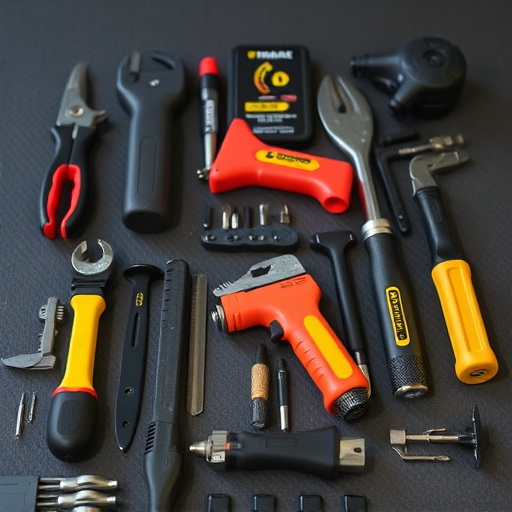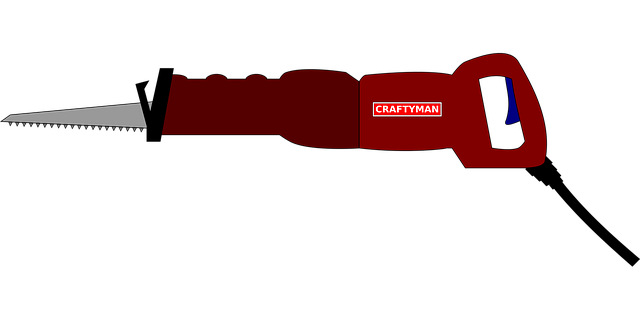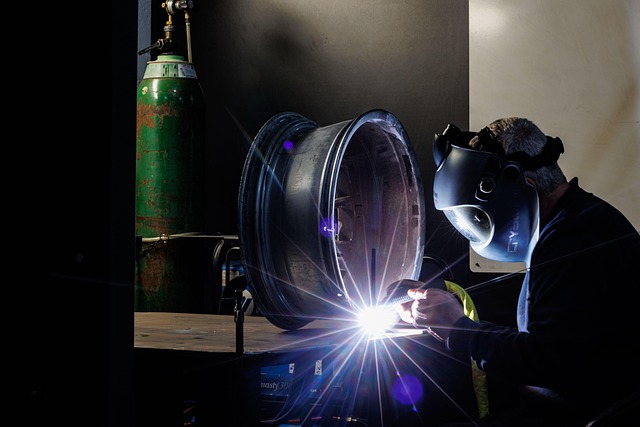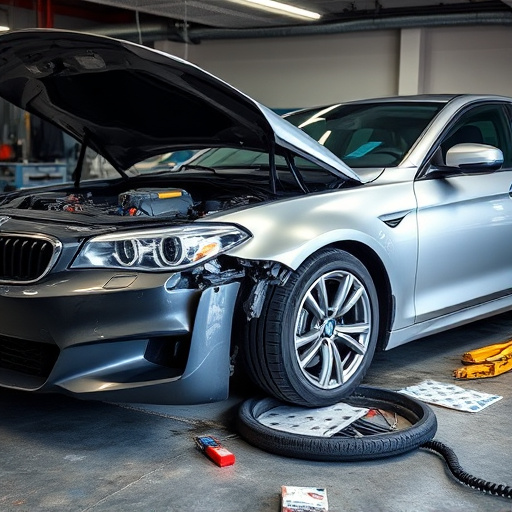Efficient repair scheduling collision management is crucial for auto body shops to maintain quality and customer satisfaction during peak demands. Through strategic planning, optimal resource allocation, dynamic software use, open communication, buffer times, and cross-trained staff, shops can minimize delays, meet manufacturer standards, and solidify their reputation as reliable collision centers.
In the relentless pursuit of excellence, understanding and managing repair scheduling collisions is paramount for quality assurance. This article delves into the intricate world of repair scheduling collisions—unforeseen overlaps in service appointments that can disrupt smooth operations. We explore the profound impact on quality assurance processes, from increased wait times to resource inefficiencies. Furthermore, practical strategies are presented to mitigate and optimize these collisions, ensuring optimal customer satisfaction and streamlined workflows.
- Understanding Repair Scheduling Collision
- Impact on Quality Assurance Processes
- Strategies to Mitigate and Optimize Collisions
Understanding Repair Scheduling Collision
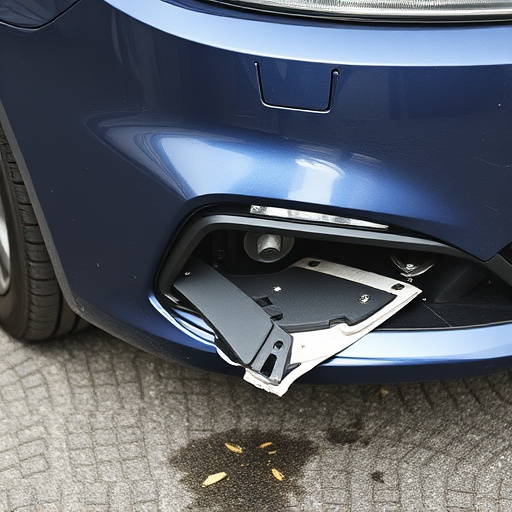
Repair scheduling collision refers to the challenge that arises when multiple vehicles require concurrent repairs or services at an auto collision center. This situation often occurs after a major accident, natural disaster, or during peak service periods. When numerous cars need dent removal or car dent repair simultaneously, it can lead to delays and inefficiencies in the overall repair process.
Understanding this collision in scheduling is crucial for maintaining quality assurance. Auto collision centers that effectively manage these conflicts can ensure faster turnaround times, reduce wait periods for customers, and maintain high-quality standards in their services. This involves strategic planning, efficient resource allocation, and sometimes implementing advanced systems to streamline the booking and repair processes.
Impact on Quality Assurance Processes
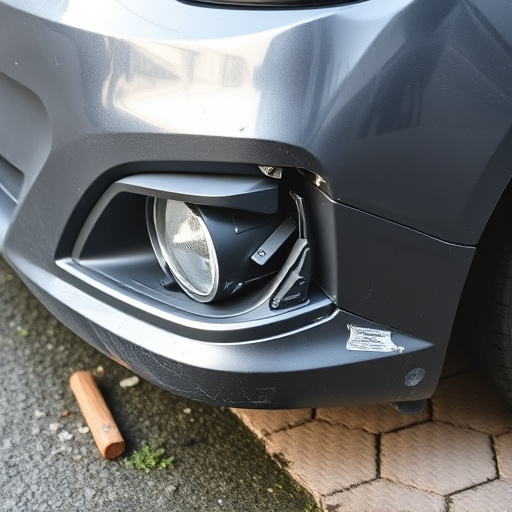
The impact of repair scheduling collision on quality assurance processes cannot be overstated. In the intricate world of automotive repairs, especially in prestigious brands like Mercedes-Benz, efficient collision management is a cornerstone of excellence. When a car undergoes frame straightening or enters a car body shop for restoration, meticulous planning and scheduling are vital to ensure every repair step aligns seamlessly with quality standards. Collisions, both literal and metaphorical (such as conflicting service appointments), can disrupt this delicate balance, potentially leading to delays, mistakes, and subpar outcomes.
Quality assurance teams play a pivotal role in mitigating these risks by orchestrating repair scheduling. They collaborate closely with technicians, parts suppliers, and customers to create optimized schedules that accommodate the unique needs of each Mercedes-Benz repair project. By effectively managing collision points, they guarantee that frame straightening processes, body panel repairs, and paint jobs are executed with precision and adherence to manufacturer standards. This, in turn, enhances customer satisfaction and reinforces the brand’s reputation for superior craftsmanship.
Strategies to Mitigate and Optimize Collisions
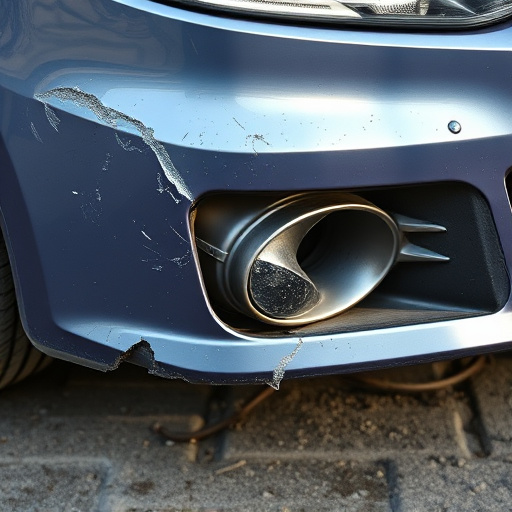
In the realm of quality assurance, especially within auto body shops and auto collision centers, effective repair scheduling is paramount to mitigate collision-related disruptions. Strategies to optimize this process involve prioritizing repairs based on urgency, implementing dynamic scheduling software to accommodate fluctuating work volumes, and fostering open communication between customers, shop staff, and insurance providers. By seamlessly integrating these tactics, an auto repair shop can ensure that collision repairs are handled efficiently without compromising the overall quality of service.
Additionally, creating buffer times between tasks and cross-training employees to handle various tasks can further enhance scheduling optimization. Such proactive measures not only streamline operations but also minimize delays, ensuring that vehicles are returned to their owners in a timely manner. This, in turn, boosts customer satisfaction and reinforces the shop’s reputation as a reliable, efficient auto collision center.
Repair scheduling collision, a significant challenge in quality assurance, can disrupt workflow efficiency and productiveness. Understanding its causes and implementing strategies to mitigate and optimize collisions is crucial for maintaining seamless operations and ensuring high-quality outcomes. By adopting efficient scheduling practices and proactive measures, organizations can minimize the impact of these collisions, enhancing overall quality assurance processes.


